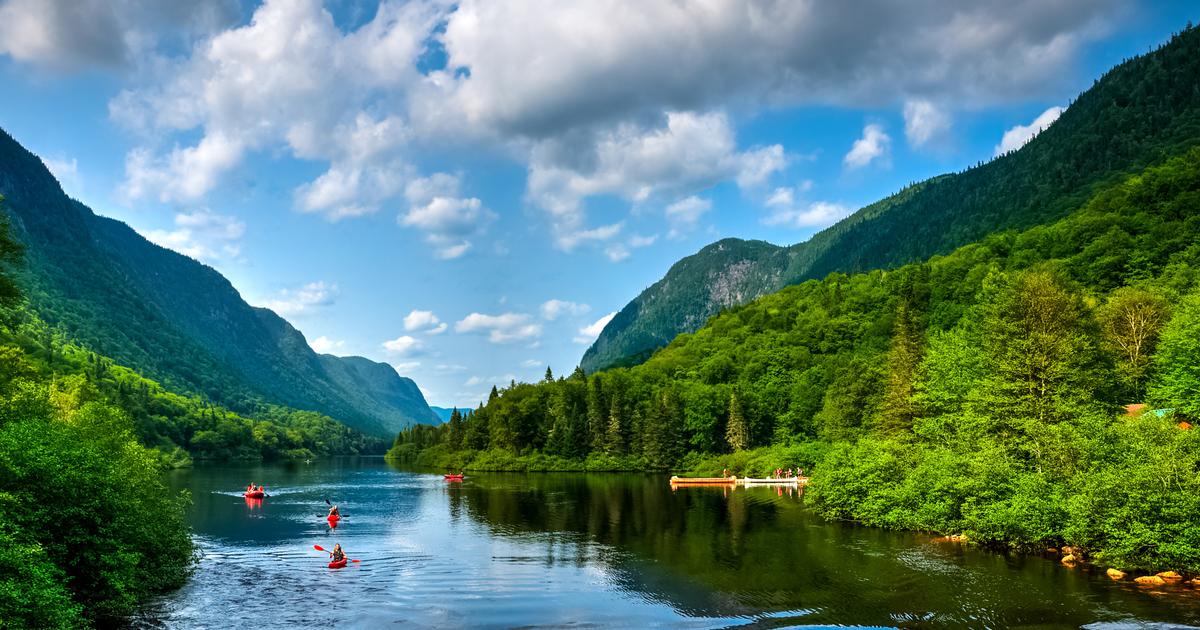08/01/2020 - 8:00
- Clarín.com
- International
Fulfilling predictions set in 2017, ice sheets on Ellesmere Island, in the northern border of Canada, have completely disappeared this year, a process developed in a few decades.
Recent images from NASA's Advanced Thermal Emission and Reflection Radiometer (ASTER) have confirmed that the scientific prediction of complete thaw in five years for the St. Patrick Bay ice sheets on the Hazen Plateau of Northeast Ellesmere Island in Nunavut - published in 2017 in The Cruosphere magazine - has been fully fulfilled.
Mark Serreze, director of NSIDC (National Snow and Ice Data Center) and professor of geography at the University of Colorado Boulder, and lead author of the article, first stepped on the St. Patrick Bay ice sheets in 1982 as a young student graduate. He visited the polar ice caps with his adviser, Ray Bradley of the University of Massachusetts.
The evolution in recent decades of the extent of the St. Patrick Bay ice sheets.
"When I visited those ice sheets the first time, they seemed like a permanent feature of the landscape," Serreze said. "Now, watching them die in less than 40 years leaves me speechless."
In 2017, scientists compared ASTER's satellite data from July 2015 to vertical aerial photographs taken in August 1959. They found that between 1959 and 2015 , ice sheets had shrunk to just 5% of their previous area, and They were noticeably reduced between 2014 and 2015 as a result of the especially hot summer in 2015. Now, ice sheets are no longer seen in ASTER images taken on July 14, 2020.
The St. Patrick Bay ice sheets were half of a group of small ice sheets on the Hazen Plateau, which formed and probably peaked during the Little Ice Age, perhaps several centuries ago. The Murray and Simmons ice caps, which make up the second half of the Hazen Plateau ice caps , are at a higher elevation and therefore doing better, though scientists predict their disappearance. it is also imminent.
"We have long known that as climate change takes hold, the effects would be especially pronounced in the Arctic," Serreze said. "But the death of these two layers that once knew so well made that climate change is very personal. All that remains are some pictures and a lot of memories ."




/cloudfront-eu-central-1.images.arcpublishing.com/prisa/IX55AG6KLJD5NOGIRDL4Z3JOAU.jpg)










